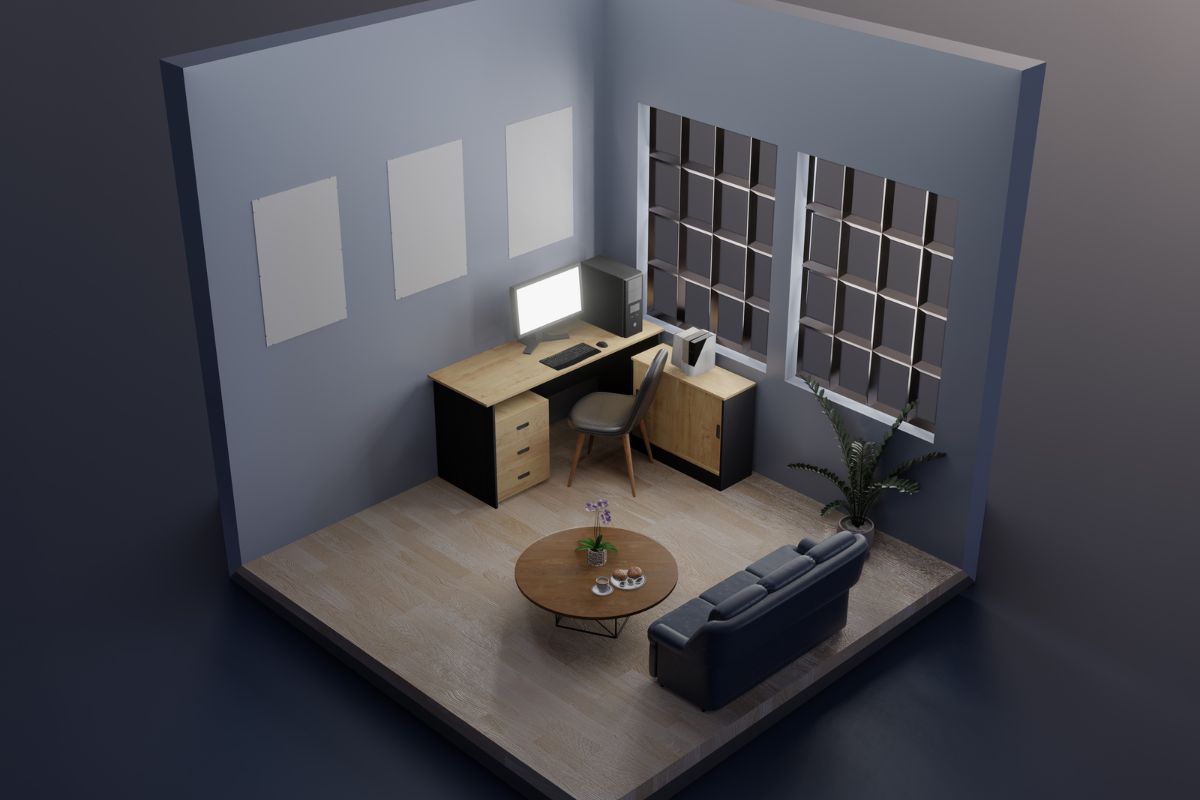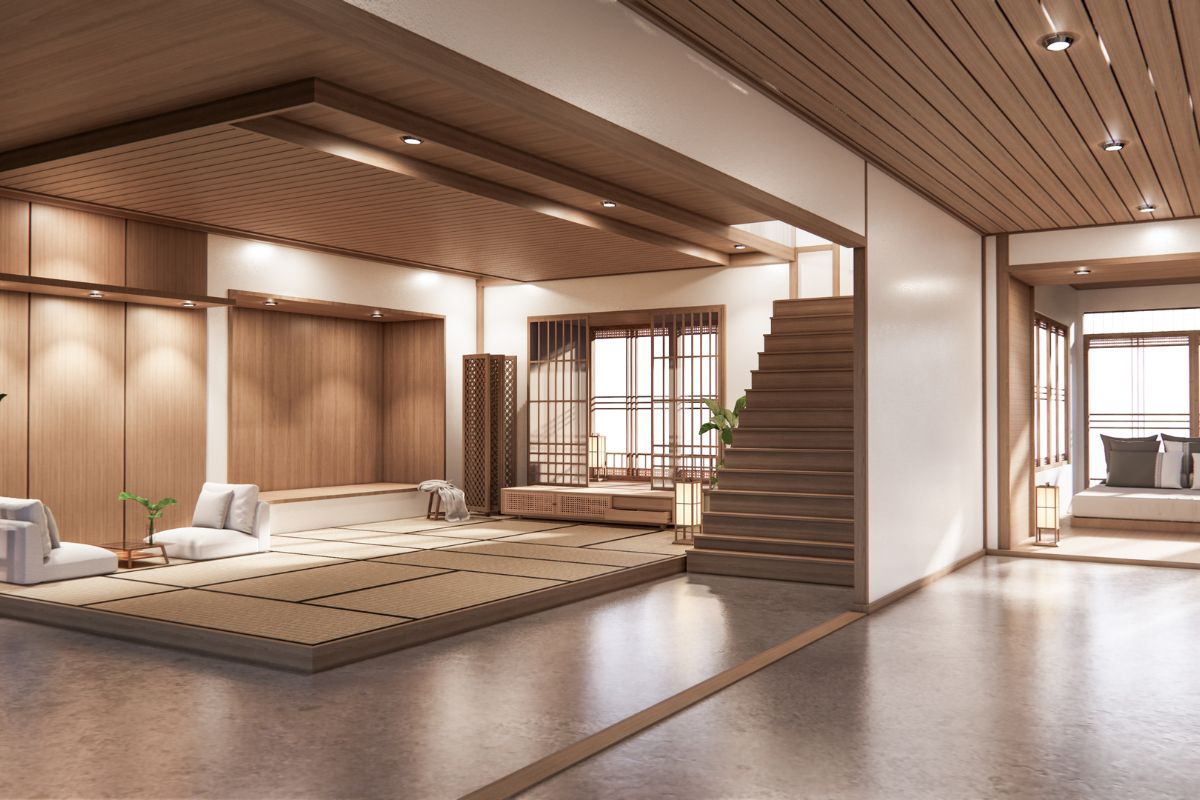The real estate and construction sectors have never needed 3D rendering practices as much as they do now. It is becoming increasingly easier for builders, clients, and designers to interactively engage with concepts. Architectural visualizations are now performed using photorealistic 3D rendering instead of static blueprints, enabling stakeholders to virtually experience the projects before construction begins. These technological advancements are significantly innovating the industry: AI rendering technology, real-time rendering, and the use of VR in architecture. These improvements increase the accuracy of designs, lower the expense, and improve interactions between buyers, investors, and architects. The efficiency and creativity in architectural planning will greatly increase due to these innovations.
3D Rendering and Its Importance in Architecture
The process of rendering makes a significant contribution to architecture by changing the operations of presenting, editing, and approving projects to the most convenient procedures. These are some of the advantages of rendering:

3D Rendering that is Photorealistic for Client Appreciations
Clients are now able to experience an exceptional product aided by high-quality visualizations showing accurate lighting, materials, and textures, all before construction work is initiated. This improves the decision-making processes which guarantees total satisfaction among the clients.
Increasing the Efficiency of Designing and Minimizing Eliminations
The availability of accurate 3D models enables architects to research potential design flaws which will save money during the process of revising the project.
Assisting Investors and Buyers in Project Visualization
Real estate 3D rendering enables customers and potential real estate investors to view and experience properties in 3D, which makes selling off-the-plan real estate simpler and more convincing. For these reasons, such practices are no longer optional for contemporary architecture and real-estate development business tasks.
Also Read – Global Economic Trends: What They Mean for Your Business
The Most Important New Concepts in Real-Time 3D Rendering For 2025

These time-saving technologies are changing how architectural visualization is done. The most notable changes we identified are:
Rendering AI – Making your Illustrations Simpler and Quicker
Automatic rendering aids shorten the time of processing and increase the quality of the image by optimizing textures, lightning, and reflections.
Real-Time 3D Interactive Walkthroughs
Real time rendering presents many possibilities not available in traditional rendering, such as being able to move around a 3D space immediately without waiting for the whole 3D model to be fully constructed.
Augmented and Virtual Reality Architecture
These technologies allow moving from simple graphic representation of architectural ideas to their 3D modeling, including the possibility of superimposing designs on real environments and providing mockups and presentations to clients in an animated format. Such progress will change the practices provided by 3D rendering studio, making them more sophisticated, engaging, and active, thus transforming the manner in which architecture is designed.
Maximizing 3D Rendering Practices Within a Business Context
Both real estate and construction industries can reap the services of professional 3D rendering providers. Here’s their approach:
- Overhauling Marketing Activities through 3D Imagery. Promotional materials alongside brochures and websites look appealing through animations and eye-catching renderings which helps sell the property to investors and clients.
- Facilitating Understanding Among Architects, Designers, and Their Customers. With all parties having a stake in the project, detailed 3D rendering photographs helps avoid misinterpretations and design disputes that are bound to happen.
- Minimizing Expenses through Design Problems Identification Prior to Building. Developers are able to solve construction issues within the virtual showrooms prior to even starting to develop, enabling them to avoid paying hefty fines as a result of build changes during the middle of construction.
To save time spent on engaging the client, businesses can take advantage of the power of 3D rendering combined with AI rendering to increase project speed.
Final Notes
AI rendering technology as well as real-time rendering of 3D images are changing the design and construction business paradigms making the future of architectural visualization highly innovative. In the years 2025 and later, businesses that put emphasis on dealing with professional 3D rendering technology providers will improve their competition. Clients will give businesses that accept these changes in technology great rewards by providing the most accurate architectural services in the immersive experience.















